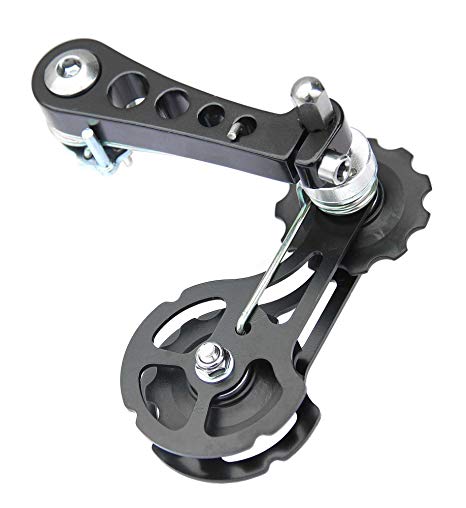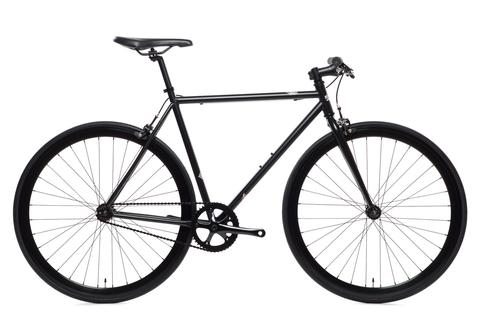Your bicycle’s wheels, brakes, and chain are the parts you’ll probably replace most, which is why you need to know how to properly maintain them. The chains, in particular, can be quite annoying to maintain and keep lubricated, but it’s still important that you do that in order to increase their longevity because they can be quite costly to replace often. An unclean chain will wear sooner, it will lose the flexibility of its links, and may add more wear to the drivetrain cogs and derailleur assemblies.

Sometimes, however, the cycles chain is beyond repair and you’ll just have to buy a new one. If that’s the case, make sure you don’t repeat the same mistake on the new cycles chain, and put in the effort to clean and lube it every so often. With that said, there are two cleaning methods commonly used to clean your bicycle’s chain – regular, on-bike cleaning and the occasional off-bike cleaning.
You can perform the regular on-chain maintenance by lifting the rear wheel off the ground and taking a look at the entire chain by standing on the side of the drivetrain. Lift the rear wheel with one hand while slowly rotating the closest pedal with the other to inspect the chain links for rust, dirt or tight links. Pay attention to the sound the drivetrain makes, and if you hear squeaks, then your chain probably needs at least some spot cleaning. In order to do that, brush the links with a brush (you can use a toothbrush), then re-lube the links using a chain lubricant, and wipe off excess lubricant with a dry, clean rag. The last step is quite important as over-lubricating can soak in new dirt.

Every now and then, however, you’ll want to thoroughly clean your chain, for which you’ll have to take it off the bike. Use a chain-removal tool, brush it, then immerse it in a chain solvent to get rid of any grime that the brush doesn’t remove. Let it soak until most of the dirt has fallen off the links and brushings, then clean it up using a clean, dry rag. Wait for the solvent to completely evaporate before re-lubing the chain and re-installing it.
This goes without saying, but you should only use lubricants that are specifically made for bicycle chains. This doesn’t mean that you can’t use the ones that aren’t, but you shouldn’t expect the performance of bike-specific lubes from them. Bike-chain lubes are specifically made to repel water and dirt.






















